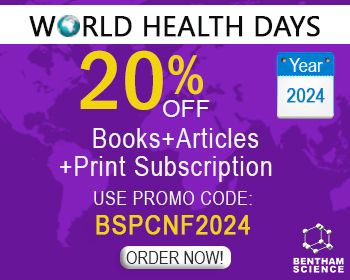Abstract
Stroke is one of the leading causes of death and disability worldwide. There are two major types of stroke: cerebral ischemia caused by obstruction of blood vessels in the brain and haemorrhagic stroke that is triggered by the disruption of blood vessels. Thrombolytic therapy involving recombinant tissue plasminogen activator (rtPA) has been shown to be beneficial only when used within 4.5 hours of onset of acute ischemic stroke. rtPA treatment beyond this time window has been found to be unsuitable and usually resulting in haemorrhagic transformation. Stroke is a multifactorial disease that forms a possible end state for majority of patients suffering from diabetes, atherosclerosis and hypertension which are known risk factors. Although the biochemistry of stroke and related diseases is quite well understood, the knowledge on the molecular mechanisms underlying these diseases is still at its infancy. microRNAs that form a unique class of endogenous riboregulators of gene function, offer tremendous potential in unraveling the mechanisms underlying stroke pathogenesis. microRNA expression also reflects the response of individuals to drugs and therapy. Several microRNAs and their target genes, known to be involved in endothelial dysfunction, dysregulation of neurovascular integrity, edema formation, pro-apoptosis, inflammation and extra-cellular matrix remodeling contribute to the critical processes in the pathogenesis of stroke. In this review, we will also be discussing the role of microRNAs as possible diagnostic and prognostic biomarkers as well as potential therapeutic targets in stroke pathogenesis.
Keywords: Cerebral ischemia, miRNA, pathogenesis, neurogenesis, hemorrhagic transformation, risk factors, stroke, infarct volume, aneurysms, haematoma, atherosclerosis, excitotoxicity, gene expression, hypertension, hypercholesterolemia

























